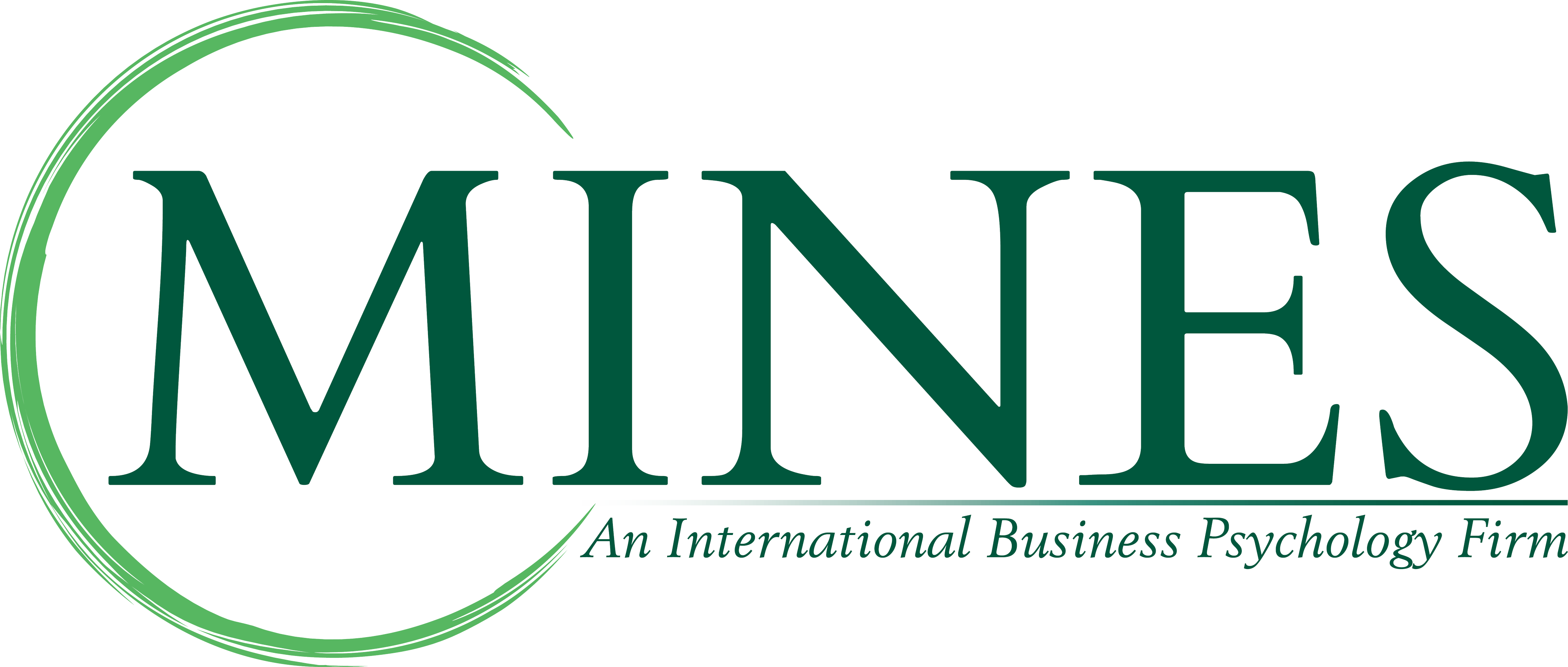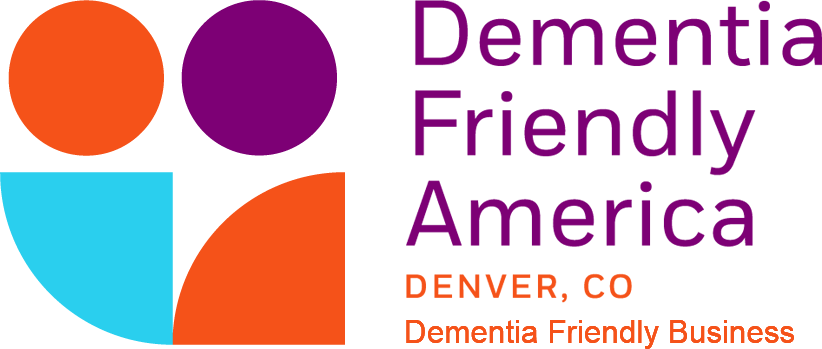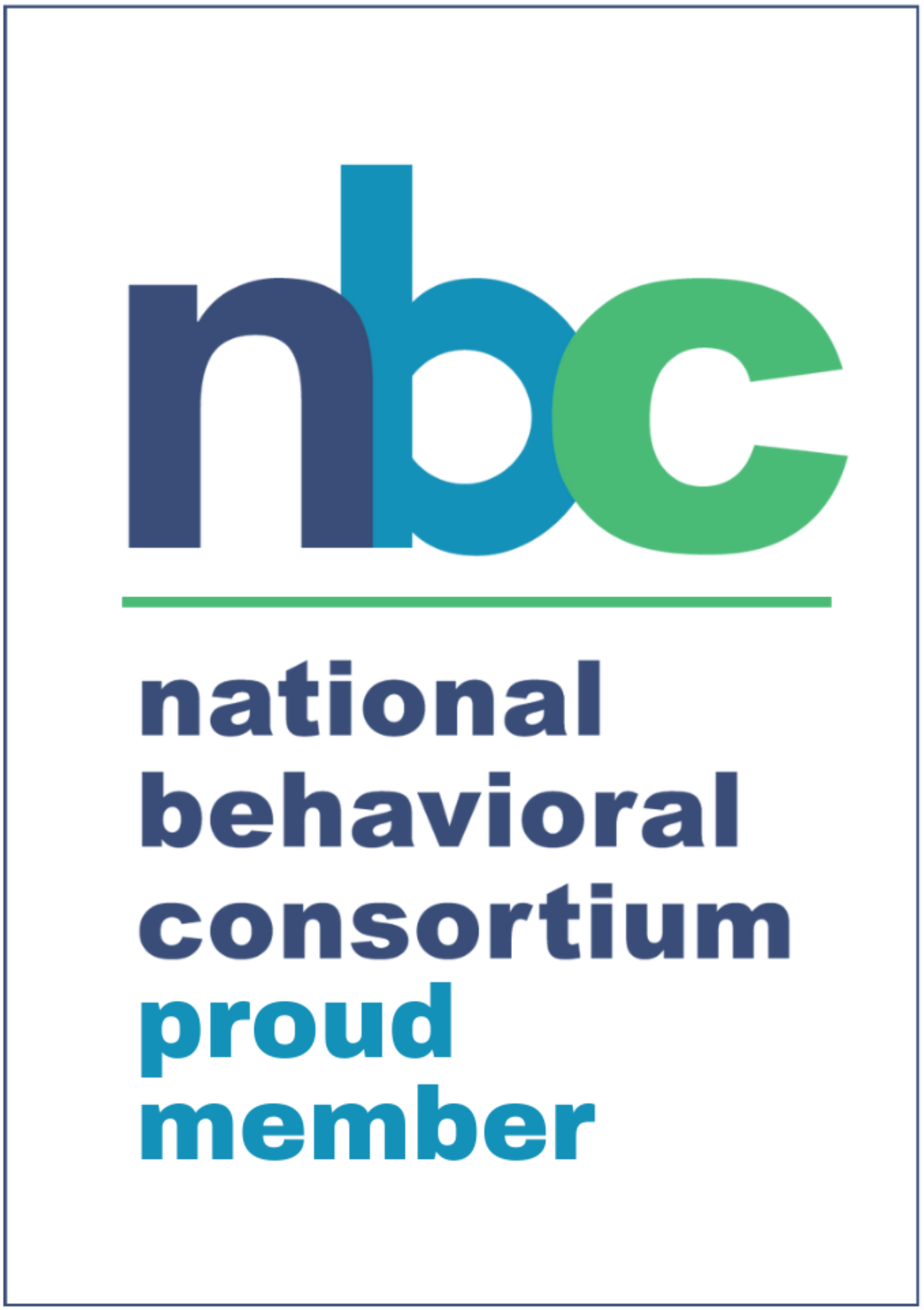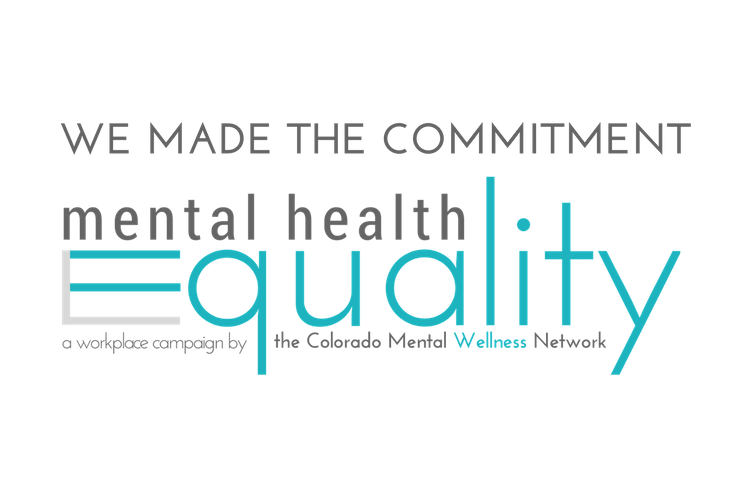Introduction
Student Assistance Programs (SAP) go a long way in addressing the concerns mentioned in Meg Bryant’s excellent article: Survey: Colleges struggling to meet mental health needs of students based on a recent report from STAT titled “A dangerous wait: Colleges can’t meet soaring student needs for mental health care.” Ms. Bryant brought up many issues: access, limited sessions, stigma concerns inadvertently setting students up not to be seen in a timely manner, high demand for service and limited resources, and finally the role telehealth may play in the future.
A growing problem
While the needs of university students have been recognized and provided for for years, the increased demand with a decreased stigma in accessing services and asking for help has led to a need for increased capacity for these services. There are many opportunities that moving to a larger, external network could afford.
Patient ratios
Many of the schools highlighted in the report had student:provider ratios that were quite high – ranging from the low end of 400:1 to over 1,500:1. While provider ratio alone does not determine quality or even capacity, it’s an indicator of potential. Given the average university size of approximately 4,200 students, MINES’ average student to provider ratio would be under 5:1.
Additionally, this breadth of coverage means increased specialization available to those students. MINES’ network can be searched based on type of provider, populations they work with, modalities of treatment, languages that they speak, and much more. This results in a better match in the provider/patient relationship from the beginning.
Fall-over capacity
Utilizing an external network also creates the ability to respond to increased demand on the university counseling staff for times when there is increased stress or pressure on the students, for example when there is a critical incident or even during midterms or finals when the added stress of accomplishment for the students may increase.
Integrated care
Using an external network also adds to capacity and expertise for referral after initial services are completed when a short-term therapy model will not resolve the issue the student is dealing with. Because MINES works with groups all across the country, with different health plans in place, our Case Management staff is adept at making referrals into those plans.
Student Health Plans
For some students with a university health plan, MINES can work directly with the plan to provide integrated care, supporting the other providers on the medical side of the plan with coordinated care planning and treatment adherence support.
ACA provisions
Following the passage of the Affordable Care Act in 2009, coverage for children under their parent’s plan up to age 26 means that a student’s health plan may be more difficult to access given a student’s school of choice when that school is in a different state from where their parent is employed. With MINES national presence, we can work with these students to help them access those services on their behalf.
The SAP model
Student Assistance Programs are based on an Employee Assistance Program (EAP) platform. These programs are cost effective; however, they do have session limits similar to college/university counseling center programs. The advantage of a SAP program is that it can be a service extender of the counseling center under ideal budget circumstances. A SAP could replace a campus-based counseling center similar to EAPs replacing internal company programs. Why would this happen? It can bring greater access to the students with lower costs for the organization. Additional services are also provided in a SAP that many counseling centers do not provide such as legal/financial services, 24/7 access, sessions offered outside regular counseling center hours, and online access to resources. Telehealth services are also available in a SAP, further improving access to care. Most SAPs built on an EAP platform have much lower counselor to student population ratios. This allows for faster access for most of the issues or concerns for which a student may be calling. Finally, as the student does not have to go to the counseling center for the appointment, where other students may see them and make inferences as to their mental health, they can go to a therapist or counselor off campus and have greater privacy. This reduces the stigma reluctance some students may have.
Cost as a barrier to entry
While many of the programs listed in the report have some number of sessions covered for the students, most of them were limited to only a very limited number of sessions being free with a nominal cost thereafter. Even such a nominal cost, however, could be a barrier to continued treatment, especially as the costs of access to higher education continue to outpace the cost of living here in the United States.
Engaged students starts with engaged clients
MINES believes that, as is true for engaged employees, engaged students need to be engaged clients. This means approaching all of the elements to engaging in total wellbeing. We use the SAMHSA model for approaching this subject and even coordinate our regular communications with our employers around this model.
Using this as a starting point, we can tailor our interactions with individuals to help increase their capacity for creating healthier lives from each of these perspectives. With a holistic approach to therapy and coaching, we can work with an individual on many layers, increasing their health and wellbeing. This also allows us to begin engaging with an individual from one element and build trust to engage in other elements.
Reaching millennials
Millennials now make up the majority of students in higher learning institutions and there is a different set of expectations in working with this generation compared to generations before. Part of that change has to do with the use of technology, but what might be even more important than the technology itself is the way that technology can be applied to change entire models. There are examples of national suicide lines using texting to successfully intervene. Of course there are clinical limitations that need to be understood before SAP programs incorporate them to improve access.
Telehealth
Telehealth (which comes in many forms from texting a dedicated provider, requesting a prescription, or even videoconferencing!) has taken a major leap in recent years with legislative changes from state-to-state and technology companies attempting to pick up the slack in the emerging market. Millennials, in particular, want these solutions to improve communications with providers, for both qualitative and quantitative reasons.
New models
And telehealth also means new opportunities to change the traditional treatment model. With improved security (especially identity management) and mobile data capacity, these telehealth solutions could result in a greater reliance on asynchronous communications with students. Relying on higher frequency of communication with lower time needs per communication, the traditional 50-minute model no longer has to be the default for treatment, allowing the provider to engage in treatment at episodic highs and without needing to rely on waiting for the next appointment.
Further, while most mental health centers provide access to counseling, a Student Assistance Program can also have an expanded role for those students including financial coaching and legal assistance, which are typically included in an Employee Assistance Program. This is an even broader set of problem resolution options that could be made available to students.
Why we think we can help
We have a robust psychological services platform that could be applied to Student Assistance Programs. Furthermore, we already serve many college students through our Employee Assistance Programs and managed mental healthcare services under their parent’s benefits. By working directly with universities, MINES is well-positioned to provide more robust support to these mental health centers in serving their populations.
Want to learn more?
Reach out to us to discuss how MINES can help support your organization by calling 800.873.7138 or emailing us at info@minesandassociates.com
To your health,
Ryan Lucas
CIO
Robert Mines, Ph.D.
Chairman & Psychologist







Leave A Comment